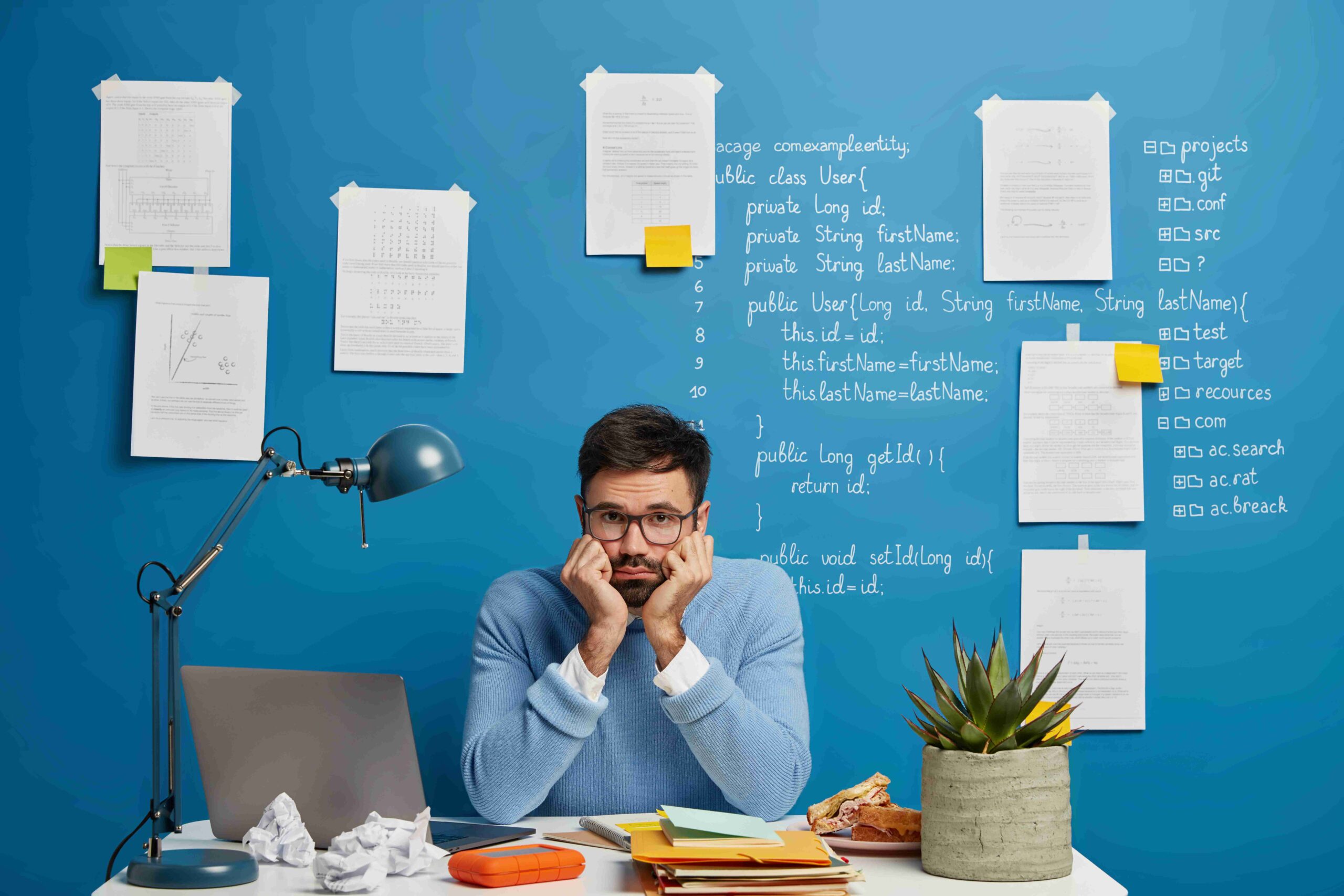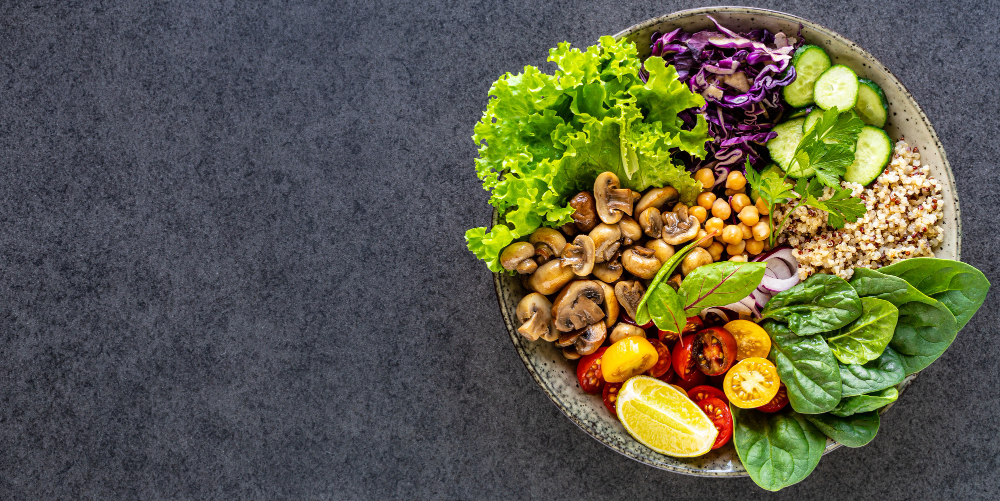Table of Contents
🔥 The Burnout Generation(s): What’s Really Going On?
Millennials are burned out. Gen-Z is anxious. And in between? A constant scroll of productivity hacks, self-care memes, and 2x-speed podcasts trying to “fix” us.
While burnout isn’t new, its scale in the digital age is staggering. Always online, always comparing, always hustling – it’s no wonder Gen-Z mental health is becoming one of the most urgent topics of our time.
📉 Millennials & Gen-Z: A Quick Comparison
- Millennials were raised to chase achievement, success, and hustle. They’re now facing the burnout fallout.
- Gen-Z grew up in chaos – recessions, climate anxiety, and digital immersion. But they’re not here to collapse quietly.
Gen-Z is drawing digital boundaries — calling out toxic jobs, demanding remote work, and prioritizing mental well-being.
🧠 Gen-Z Mental Health: Why It Needs a New Playbook
- Social Detoxing: Mute instead of unfollow, delete TikTok for 3 days, or use grayscale mode to reduce screen time.
- Online Therapy: Apps like BetterHelp and Calmerry make therapy more accessible.
- Digital Minimalism: Curate feeds that nourish you instead of drain you.
Gen-Z isn’t rejecting the internet. They’re rewriting their relationship with it.
🛡️ Boundaries Are the New Flex
- The Two-Phone Rule: One phone for work, one for personal — or use Focus Mode.
- Inbox Zero ≠ Mental Health Hero: Use autoresponders and don’t feel pressured to reply instantly.
- Reclaim Your Mornings: No screens for 60 minutes after waking up.
These aren’t luxury habits — they’re survival skills in the age of burnout.
🌿 Rest Isn’t Optional – It’s Radical
Quiet quitting, therapy TikToks, and setting boundaries at work aren’t signs of weakness — they’re signals of emotional intelligence.
Millennial burnout and Gen-Z mental health aren’t buzzwords — they’re wake-up calls.
You’re allowed to live slower, softer, and saner.
💼 Burnout Is Not Just a Buzzword – It’s a Crisis
Your inbox is overflowing. Deadlines are tighter. Your lunch break? Five minutes between Zoom calls. Burnout isn’t rare anymore — but it is preventable.
🧠 What Is Workplace Resilience?
Resilience isn’t about being a robot. It’s about having the emotional capacity to recover from setbacks and stay grounded under pressure.
Resilience is a learnable skill — and science shows how to build it.
⚠️ Signs You’re Running on Empty
- You feel exhausted, even after rest
- Small tasks feel overwhelming
- You’ve lost interest in work you used to enjoy
- You’re snapping at coworkers or emotionally checked out
🔬 Science-Backed Techniques That Actually Work
- 🌬️ Box Breathing (4-4-4-4): Inhale, hold, exhale, pause — each for 4 seconds. Calms the nervous system fast.
- 🧠 Cognitive Restructuring: Replace spiraling thoughts with rational ones. A core CBT tool.
- 📵 Micro-Digital Detoxes: 90-min work / 10-min tech breaks. Reduce digital overload.
- 💡 The 3-2-1 Rule: End your day with 3 wins, 2 things to improve, and 1 relaxing thing.
- ⏳ Scheduled “Do Nothing” Time: Let your mind wander — it’s fuel, not laziness.
🧘 Mental Fitness = Peak Performance
Companies that prioritize mental health see higher creativity and lower absenteeism. It’s not fluff — it’s smart business.
👥 Psychological Safety at Work
- Flexible hours and remote options
- Realistic deadlines
- Access to mental health resources
- Check-ins that aren’t just about KPIs
Resilience isn’t a solo act — it’s a team culture.
🌿 Final Thought: Burn Bright, Not Out
Resilience means protecting your energy so you can show up fully — for work, for life, for yourself.
Work is part of life, not your whole identity.
Your future self will thank you for choosing peace over pressure.



